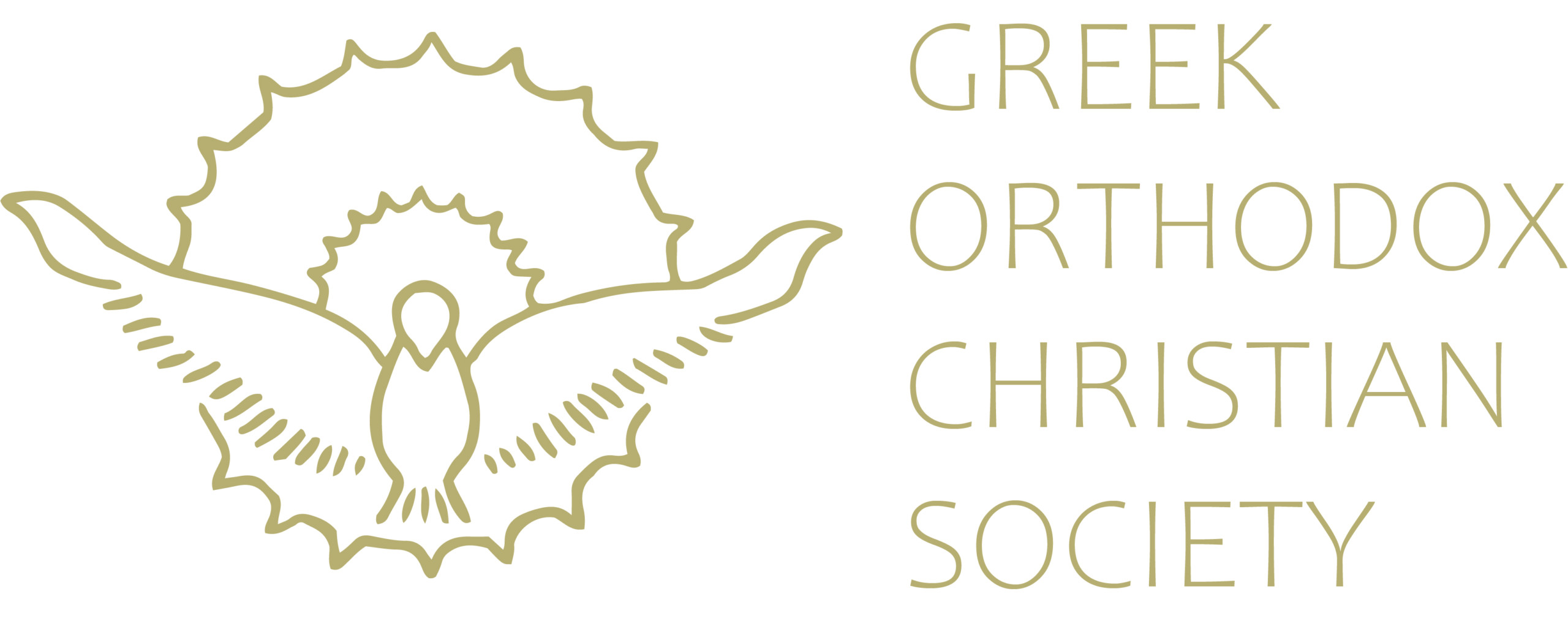
On 30 June each year, the Church honours the Synaxis (a celebratory gathering) of the Twelve Holy Apostles. The commemoration of a Synaxis is commonly observed on the day following a major feast day. It recognises the participation of a Saint or a group of Saints in the major feast preceding the Synaxis. For example, the Church holds a Synaxis in honour of St John the Baptist on the day after the Theophany.
The feast of the Synaxis of the Twelve Holy Apostles follows the feast of the pre-eminent apostles Peter and Paul (29 June). Each of the Twelve is honoured on separate dates of the Church calendar. However the Church, in its wisdom, also established a collective commemoration of the Twelve Holy Apostles. This, because the group of Twelve Apostles, fulfilled the Lord’s commission to “Go… make disciples of all the nations, baptising them in the name of the Father and of the Son and of the Holy Spirit” (Mat 28:19).
Apostle Peter
Simon, the son of Jonah, was an uneducated fisherman. His brother Andrew brought him to Christ who told him, “Thou art Simon, the son of Jonah; thou shalt be called Cephas, which is by interpretation, a stone” (Jn 1:41-2).
Peter was a man of strong faith and assumed the leadership of the apostles after Pentecost. It was Peter who began preaching to the masses from the balcony on that holy day.
Peter was one filled with zeal for God and travelled to Corinth, Rome and Antioch, among other places, to establish churches and baptise the faithful.
Apostle Andrew
Andrew was the first-called of the apostles. He lived a pious life in celibacy and became a disciple of John the Baptist. Upon hearing John say, pointing to Christ, “Behold, the Lamb of God!” he followed Christ faithfully and brought Peter (his brother) to Him.
Andrew preached the Word of God in the areas around the Black Sea until his arrest and crucifixion in Patra, Greece. He was crucified on an “X” shaped cross. His feet and hands were bound and not affixed to the cross by nails in order to ensure a slow death.
Apostle James, the Son of Zebedee
James was the brother of John the Evangelist. He was called with his brother by Christ who found them mending their fishing nets.
Along with Peter and John, James was chosen to witness Christ’s Transfiguration on Mount Tabor.
James wrote the first epistle to the Christians of the diaspora. He was also the first of the apostles to martyr. The Jews in Jerusalem persuaded Herod Agrippas to have him beheaded.
Apostle John the Theologian and Evangelist
John was the beloved disciple of Christ, and he alone remained with Christ at the time of His trial and crucifixion. Jesus entrusted John with the task of caring for His all-pure Mother. After the Dormition of the Theotokos, John began his missionary work, travelling through Asia Minor in accordance with the lot he drew.
The Church bestowed on him the title “Theologian” because of the theological depths he revealed in his Gospel, and because of his authorship of the Book of Revelation.
He is the only one of the Twelve not to have died a martyr’s death.
Apostle Philip
Like Andrew and Peter, Philip was also from Bethsaida. However, he was not a fisherman. Philip immersed himself in learning, studying the Scriptures from his youth.
When Christ asked Philip to follow Him, Philip could not keep the good news to himself. He ran to his friend Nathanael and announced that he had found the Messiah.
Like Peter, Philip was crucified head downward, whilst his persecutors cast stones at his body.
Apostle Bartholomew
Bartholomew travelled with Philip and Philip’s sister, St Mariamne, through Syria and Asia Minor.
He was crucified with Philip but as they were suspended on their crosses, an earthquake shook the earth and the persecutors decided to take Bartholomew down. Philip had already given up his spirit. Bartholomew went on to preach in India. Finally, his skin was flayed from his body and he was beheaded.
Apostle Thomas
Thomas is perhaps best known for his initial doubt of the Lord’s Resurrection. He became, however, a faithful Apostle, journeying to the far east, including the regions of Persia and India. There he preached the Word of God and baptised the faithful in the Holy Spirit.
Apostle Matthew the Evangelist
Matthew was a tax collector; a man of wealth and standing. Despite this, he immediately heeded the request Jesus made of him, “Come, follow me!”.
He wrote his gospel about eight years after the Lord’s Ascension and then departed to his ministry in Macedonia, Syria, Persia, Parthia, Media and Ethiopia.
Apostle James, the Son of Alphaeus
James was the brother of Matthew. After Pentecost he travelled, fighting idolatry and performing miracles. He came to be known as the “Divine Seed” because he sowed the Word of God in the hearts of so many men.
Apostle Jude, the Brother of our Lord
Jude was the son of Joseph and brother of James, the first bishop of the Church in Jerusalem. He wrote an Epistle, which is counted among the books of the New Testament.
Pagan priests seized Jude in the time of his ministry and after torturing him, they suspended him on a cross and speared him to death.
Apostle Simon the Zealot
It was at Simon’s wedding in Cana that Christ performed the first of His public miracles. Simon left the feast and his house, choosing to follow Christ instead. For this reason he was called “the Zealot”.
He travelled through Africa and the regions surrounding the Black Sea. Some records claim that he also visited Britain.
Apostle Matthias
Matthias was a student of the priest Symeon, and was well-acquainted with the sacred books and law of God.
He was chosen to take the place of Judas Iscariot.
Source: June-July 2015 Lychnos Edition













